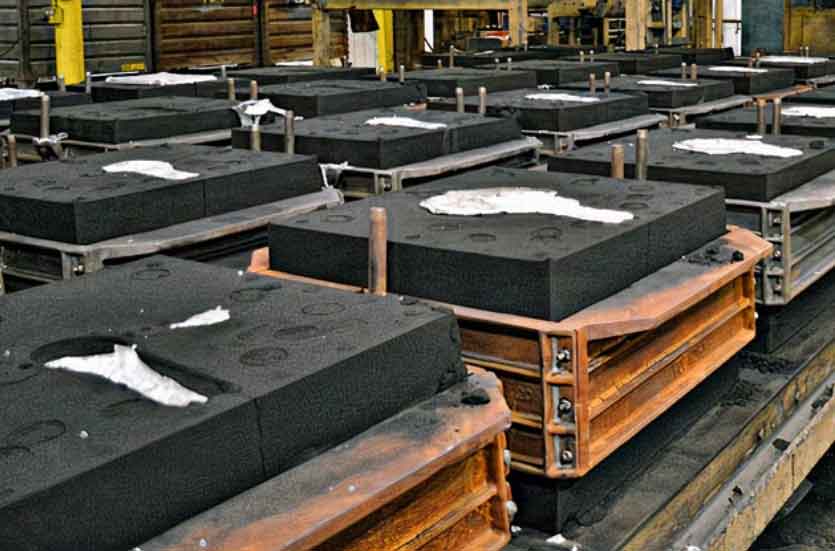Resin sand casting offers several sustainable manufacturing benefits, making it an eco-friendly solution for metal component production. Here are some ways in which resin sand casting promotes sustainability:

- Reduced Material Waste: Resin sand casting allows for near-net shape casting, minimizing the amount of material required to produce a component. The foam patterns replicate the final shape of the component with high accuracy, reducing the need for excessive material removal during post-casting machining. This reduction in material waste helps conserve resources and reduces the environmental impact associated with material extraction and disposal.
- Energy Efficiency: Resin sand casting is an energy-efficient process compared to other casting methods. The relatively low temperatures required for melting and pouring metal reduce energy consumption. Additionally, the use of reusable sand molds eliminates the need for continuous mold production, resulting in energy savings in mold preparation and curing processes.
- Recyclability of Materials: Resin sand casting utilizes reusable sand molds and foam patterns. After casting, the sand molds can be recycled and used in subsequent casting processes. The foam patterns can also be reclaimed and recycled, reducing the overall waste generated during production. The ability to recycle and reuse these materials contributes to a more sustainable manufacturing process.
- Elimination of Harmful Binders: Resin sand casting uses resin-bonded sand molds, eliminating the need for binders that may contain harmful chemicals or emit volatile organic compounds (VOCs). The use of resin binders reduces the environmental impact compared to traditional sand casting processes that rely on organic binders. The absence of harmful binders makes resin sand casting a safer and more environmentally friendly option.
- Water Conservation: Resin sand casting requires minimal water usage compared to other casting processes that involve water-based materials or cooling systems. The process primarily relies on dry sand molds, reducing water consumption and the need for wastewater treatment. This aspect contributes to water conservation and minimizes the strain on water resources.
- Lifecycle Considerations: Resin sand casting supports the concept of lifecycle sustainability. By producing durable and high-quality components, resin sand casting extends the lifecycle of products, reducing the need for frequent replacements. This helps conserve resources and reduces the overall environmental impact associated with manufacturing and disposal.
- Local Sourcing and Production: Resin sand casting can be performed locally, reducing the carbon footprint associated with transportation and logistics. By sourcing materials and producing components locally, the reliance on long-distance shipping is minimized, resulting in lower emissions and energy consumption.
By implementing resin sand casting as a manufacturing solution, businesses can align their production processes with sustainable practices. The reduction in material waste, energy consumption, and reliance on harmful binders contributes to a more environmentally friendly approach. Resin sand casting offers a balance between efficient production and sustainability, allowing businesses to meet their production needs while minimizing their impact on the environment.
